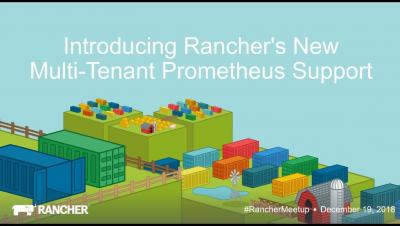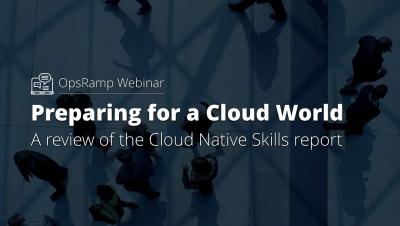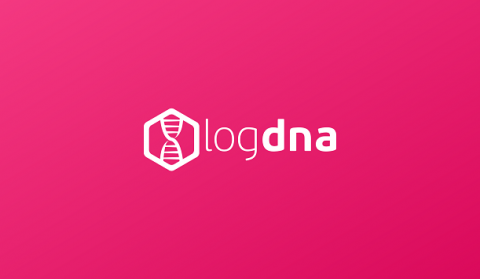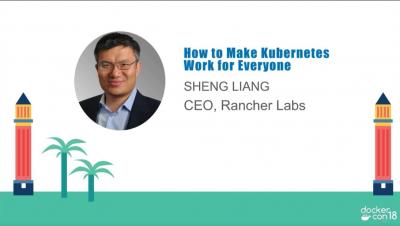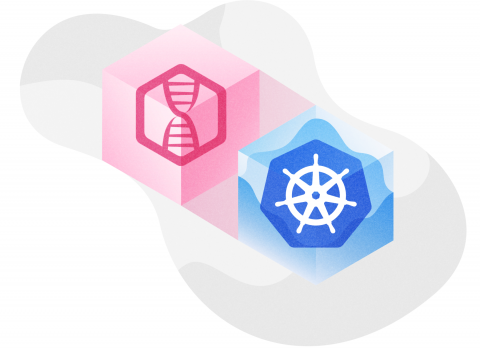Operations | Monitoring | ITSM | DevOps | Cloud
DevOps
The latest News and Information on DevOps, CI/CD, Automation and related technologies.
OpsRamp Webinar - Preparing for a Cloud World - A review of the #CloudNative Skills report
KubeCon 2018 + CloudNativeCon Recap
KubeCon + CloudNativeCon North America 2018 was an incredible event. We had many exciting announcements – LogDNA’s new partnership with IBM Cloud, our recent round of funding, as well as great conversations, product demos, fun giveaways, and even surprise gifts for loyal customers, our booth was jam packed.
Jenkins Build Monitoring with the ELK Stack and Logz.io
Jenkins is an extremely popular, open-source, continuous integration tool used for running tests, building code, and subsequently pushing to staging and then production. In a previous post, I outlined instructions for collecting, analyzing and visualizing Jenkins system logs.
How to Make Kubernetes Work for Everyone
DevOps for Startups
It’s hard to find time for DevOps in a startup when there’s so much else to do. Having a great idea is cool, you may already carved a plan, maybe even practiced some pitching and basically started working, you should be focusing on developing your product and doing that alone.
Pre-Change Freeze: StackStorm 2.10
Thought you could wind down for the change freeze? Sorry, we’ve got one last thing for you to do: Upgrade StackStorm to 2.10! Orquesta is now ready for almost all workflow use-cases. We’ve also done a big update to our ChatOps internals, and we have early-access Ubuntu 18 + Python 3 packages (for test only!). Read on for full details.
Customers Demanding New Features and Unable to Provide Quickly?
With the adoption of Agile methodology, it is expected to add new features quickly to an application or product. However, if the process of moving from Dev > Test > Stage > Prod is taking weeks or months – then you have a problem at hand (big or small, varies on the type of app/product). Customer will be demanding new features and the development team will be able to build/ create them quickly, which is a good thing!
Dynamically Provisioning Local Storage in Kubernetes
At LogDNA, we’re all about speed. We need to ingest, parse, index, and archive several terabytes of data per second. To reach these speeds, we need to find and implement innovative solutions for optimizing all steps of our pipeline, especially when it comes to storing data.
Infrastructure-as-Code Is The New Assembly Language For The Cloud
My career as a software engineer started in 2007 at Purdue University. I was working in the Linux kernel and researching how data was shuffled between the kernel and the user application layers. This was happening in huge clusters of machines that all talked to each other using OpenMPI — how supercomputers, like those at Los Alamos National Labs, operate to perform their enormous calculations around meteorology, physics, chemistry, etc.


